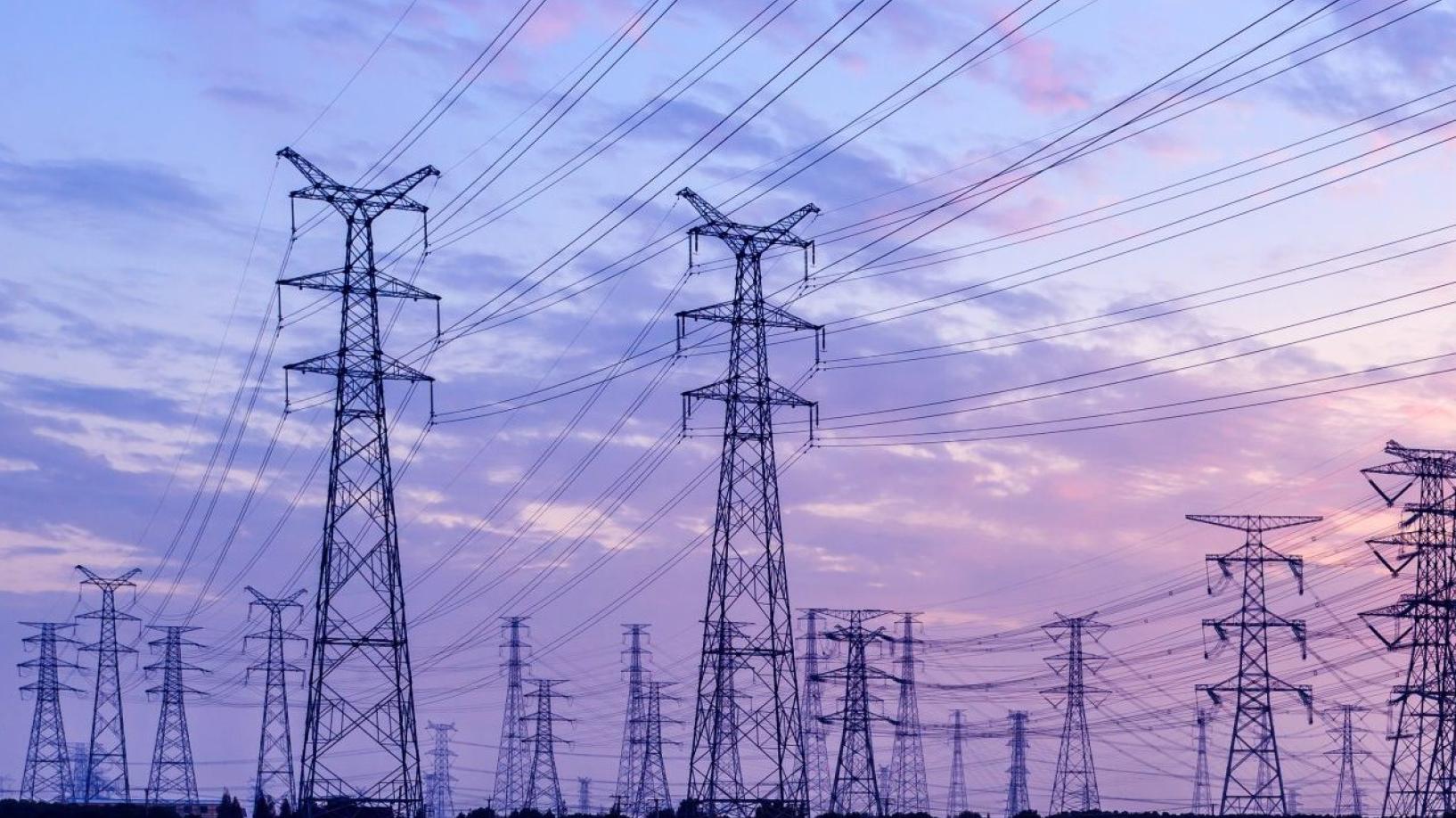We welcome the opportunity to comment on the Energy Security Board (ESB)'s Project Initiation Paper for the delivery of transmission access reform via the proposed Congestion Management Model (CMM).
Read our submission (PDF, 167.84KB)
As consumers pay for and guarantee the financial return of all transmission infrastructure built in the National Energy Market (NEM), effective management of this infrastructure is critical to avoid undue costs for consumers and the economy as a whole.
We believe the ESB was rigorous in canvassing a range of possible transmission access reform designs and assessing these against each other. We endorse the CMM as a reasonable model which would deliver substantial benefits to consumers in the long term via more efficient investment in and operational dispatch of energy assets. The hybrid congestion management and connection fee model provides clear price signals in relation to congestion in both investment and operational timeframes.
Anything else means higher costs for consumers, at a time when wholesale prices have finally brought some relief in the form of lower bills. Our most recent Energy Consumer Sentiment Survey (December 2021) tells us that even with the drop in prices, 61% of households are still concerned about their energy bills, citing it as their most pressing concern over all other bills. We cannot add higher than necessary transmission network costs that will burden consumers further for years to come.
Under the CMM, we would expect a strong investment environment for storage and flexible load co-located with variable renewable generation capacity within Renewable Energy Zones (REZ), given their ability to access low local prices during periods of congestion. This investment will allow for more efficient use of the transmission needed to link the REZ to the overall system.

